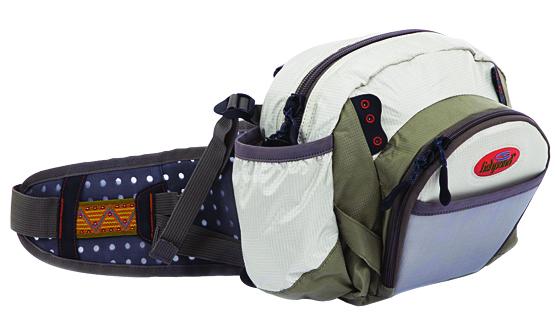Best Trout River in Kentucky
Having fished most of the so-called "premier" rivers in Montana and Colorado, I can honestly say that we have it better here in Kentucky.
The Cumberland River, from the Wolf Creek Dam downstream to the Tennessee line, is as good as trout fishing gets. Regardless of how you choose to fish - live bait, spinners, flies, or corn - you will find trophy trout within a three hour drive of our part of the state.
The primary species found in the river is the Rainbow trout, but trophy-class Browns are also readily available.
Historically, Kentucky has never been thought of as a trout fishing state and rightfully so, because most of our waters are generally too warm to support them. But when the dam was built, creating Lake Cumberland, that all changed.
Because the lake is so deep, the water that is released from the dam is very cold and highly oxygenated - two important factors for trout survival. Trout were introduced to the river downstream shortly after the dam was created and the rest is history. The trout flourished and continue to provide an outstanding resource for all of us to enjoy.
The U.S. Fish and Wildlife Service, in concert with the Kentucky Fish & Wildlife Resource Service, stock the river with trout year-round from the hatchery located immediately below the dam. It's worth a trip to the hatchery just to see how it is operated.
There are three paved launch ramps to choose from if you plan to fish from a boat. They are: Helms Landing, located seven miles below the dam; the city ramp at Burkesville; and Cloyds Landing, located further downstream toward the Tennessee line.
When fishing the river, you will find that the Rainbows tend to relate to faster water on gravel and the Browns can be found in the treetops in slower water.
Regardless of how you intend to fish the Cumberland, please use caution. The water temperature varies from 47 degrees to 60 degrees for 50 miles below the dam and averages 50 degrees year round. The average human can withstand very few minutes in such water without becoming hypothermic.
In addition, the river rises dramatically when water is released at the dam to generate electricity. It is a good idea to mark the water line with a rock or piece of cloth when you first begin to fish. Any rise will therefore be detected and you can safely retreat up the bank.
There is an excellent map and informational booklet available on the river entitled "A Guide to the Lower Cumberland River." It is published by Gerald McDaniels of Louisville and can be obtained by calling (502) 895-3182. The booklet shows all launch sites as well as walk-in areas for those without boats.
The river is one of Kentucky's finest resources. Enjoy it with the family.
Guist Lake a Haven for Big Bass
Muskie Madness - Krauss


